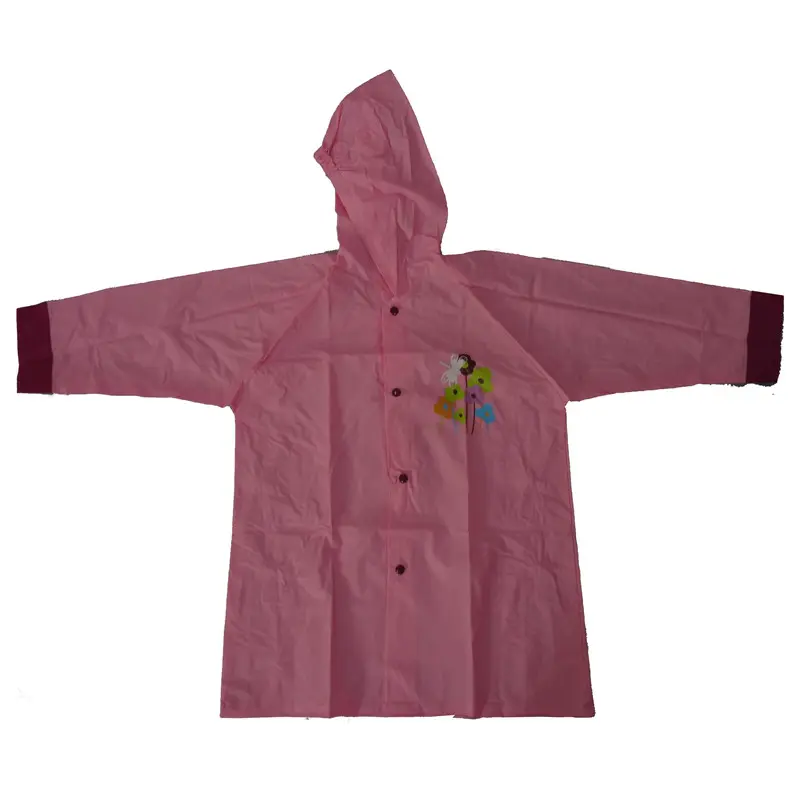Oct . 11, 2024 18:59 Back to list
disposable plastic rain suit factory
The Rise of Disposable Plastic Rain Suits A Factory Perspective
In recent years, the fashion industry has seen a significant shift toward sustainable practices, driven largely by consumer demand for environmentally-friendly products. However, alongside this movement, the market for disposable plastic rain suits has emerged as a convenient solution for various situations. This article explores the manufacturing process, market demand, environmental considerations, and future prospects of disposable plastic rain suits, particularly from a factory standpoint.
The Need for Disposable Rain Suits
Weather unpredictability is a universal challenge faced by many. From sudden downpours during outdoor festivals to unexpected rainfall during travel, the demand for rain protection is ever-present. Traditional rain gear, while reusable, can often be cumbersome and may not suit every occasion. This is where disposable plastic rain suits come into play, offering a lightweight, affordable, and easy-to-carry alternative. Their convenience makes them popular among event organizers, travelers, and emergency preparedness suppliers.
Manufacturing Process in Factories
The production of disposable plastic rain suits involves several key steps. Factories typically begin with the selection of raw materials, which primarily include Polyethylene (PE) or Polyvinyl Chloride (PVC). These materials are chosen for their waterproof properties and ease of handling.
Once the materials are procured, the production process begins with extrusion, where the plastic is melted and then formed into sheets. This is followed by cutting the sheets into appropriate sizes to create the rain suits. Factories utilize automated machinery to ensure a high level of precision and efficiency, enabling them to produce large quantities in a short time frame.
After the garments are cut, they undergo a process of heat sealing or ultrasonic welding to create the seams. This method ensures that the suits remain waterproof and durable, even under heavy rain conditions. Finally, each suit is inspected for quality control before being packaged and shipped out for distribution.
Market Demand and Trends
The global market for disposable rain suits has experienced steady growth, particularly in regions prone to unpredictable weather patterns. Event organizers often stock these rain suits as part of their emergency supplies, while outdoor festivals and fairs offer them to attendees to enhance their experience. Additionally, the travel industry has embraced disposable rain gear as a practical solution for airlines and tour operators.
disposable plastic rain suit factory

Social media has also played a significant role in popularizing disposable rain suits. Brightly colored and uniquely designed suits have become a trendy fashion statement during festivals, prompting an influx of consumers who seek to combine practicality with style.
Environmental Considerations
While disposable plastic rain suits offer convenience, they also pose significant environmental challenges. Being single-use products, they contribute to plastic waste, which is a growing concern worldwide. Many manufacturers are now exploring eco-friendly alternatives, such as biodegradable materials or recyclable plastics, to mitigate their environmental impact.
Some factories are also adopting circular economy practices by encouraging recycling initiatives. For instance, they may partner with recycling companies to facilitate the proper disposal of used rain suits. This reflects a growing awareness within the industry about the importance of sustainability and responsible manufacturing.
The Future of Disposable Plastic Rain Suits
As the conversation surrounding sustainability continues to evolve, factories producing disposable plastic rain suits face both challenges and opportunities. Innovations in materials science could lead to the development of rain suits that are both disposable and eco-friendly, appealing to environmentally-conscious consumers.
Additionally, manufacturers can focus on expanding their product range. Multi-functional rain gear that can be worn in different ways or combined with stylish accessories may attract a broader audience. Factories that stay ahead of trends and adapt to consumer preferences will likely thrive in this dynamic market.
Conclusion
The factory production of disposable plastic rain suits exemplifies the intersection of convenience and necessity in today’s fast-paced world. While there are undeniable concerns surrounding plastic waste, the industry's movement toward sustainable practices is promising. By leveraging technology, advancing materials, and embracing environmental responsibility, manufacturers can ensure that they remain relevant and create products that meet the needs of consumers without compromising the health of our planet. As we look forward to the future, the evolution of disposable rain gear will continue to reflect the values and demands of society.
-
High-Quality Body Storage Bags – Reliable Manufacturer, Factory & Exporter
NewsJul.08,2025
-
High-Quality PE Cadaver Bag for Pets Reliable Manufacturer & Supplier
NewsJul.08,2025
-
Medical Depot - Leading Medical Depot Factory, Manufacturer & Exporter
NewsJul.08,2025
-
High-Quality Work Raincoat – Reliable Manufacturer & Exporter Direct from Factory
NewsJul.07,2025
-
High-Quality Pet Dead Body Bag - Reliable Manufacturer, Factory & Exporter
NewsJul.07,2025
-
High-Quality Vinly Vest Manufacturer & Exporter Custom Vinly Vest Factory
NewsJul.06,2025





